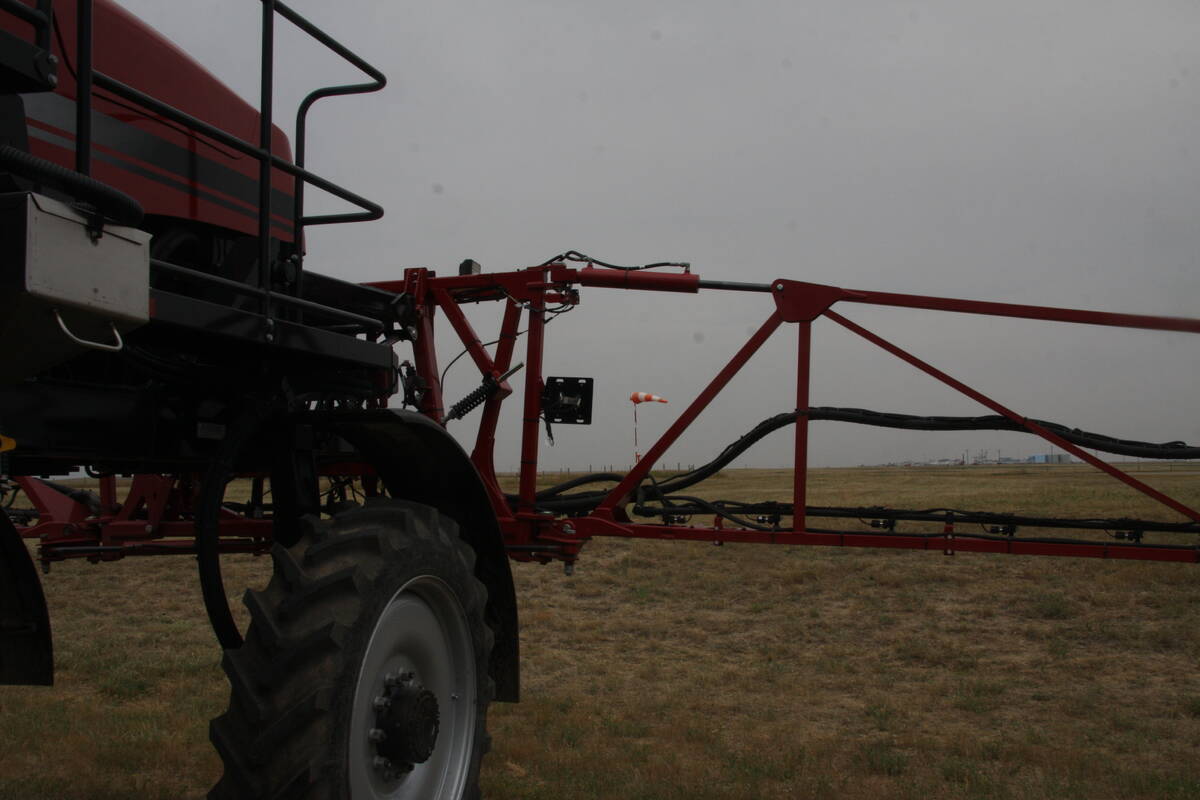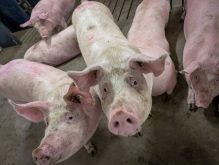OLDS, Alta. – Grant Moore wasn’t sure how much manure to safely apply to his fields.
After a few phone calls, he found no one else was sure either.
“No one seemed to have any answers,” said the Olds, Alta., feedlot owner. He and his wife Kim have a 6,000 head backgrounding and finishing lot, as well as farmland to grow feed.
For the last seven years they have used wood byproducts for bedding, in addition to straw. Chips and bark cost about the same as straw.
Read Also

More work wanted on removing red tape
REGINA — Canadian farmers risk falling further behind competitors if two main federal agencies don’t become more efficient and responsive…
Kim Moore said this coarse material lasts about four times longer than straw and absorbs urine and feces well. The cattle stay cleaner and when it’s time to ship them for processing, they carry less dirt and manure on their hides.
“It works like a disposable diaper,” she said.
While the byproducts served the cattle well, when Moore started spreading the mix on his fields, questions arose about how much was safe. He didn’t want to create runoff problems in his ground water or the nearby creek, which drains into the Red Deer River. He also noticed wood and manure combinations take longer to break down than straw manure.
These questions made him a willing co-operator in research conducted by Can-Ag Enterprises of Edmonton, a privately owned soil consulting company that works with agriculture and energy businesses.
A large portion of Can-Ag’s business involves soil restoration work on oil well sites, coal mines, the oilsands and pipeline sites to repair hydrocarbon contaminated soils. They also do reclamation work on woodlots for the forestry industry.
There is little baseline data on soil quality or how much manure may be safely applied to fields, said soil scientist Lynette Esak. The research on Moore’s farmland is a good test of the code of practice for the safe handling of manure, which provides recommendations for nutrient loads on various soil types.
The project at Moore’s is part of a three-year study with research sites in the black soil zones at Edmonton and Olds.
The Edmonton site at the University of Alberta is also experimenting with hog, dairy and poultry manure.
Moore ordinarily spreads 2.5 to eight tonnes of manure per acre, but there are some farmers spreading as much as 80 tonnes. That may be excessive.
“The soil doesn’t need any more manure, yet people continue spreading,” said Esak. “Soil is like a sponge that holds so much and then it leaks.”
This project involves 11 acres divided into nine metre plots. Each plot is large enough to be worked with conventional farm equipment.
Manure and bark or manure and straw mixtures were applied in combinations of eight, 16 and 24 tonnes per acre at 2.5, five and 10 cm depths. Moore worked in the manure 24 hours after application.
Barley and oats were seeded for silage to see how they might yield on the different plots. The plots look like they were mulched and the best stands are waist high.
They found manure applied at a depth of 10 cm was too heavy and the seeds couldn’t get through the thicker layer of bark and manure.
Yield tests and an environmental impact assessment on the soil and water table are scheduled.

















